John Haberle (American, 1856–1933), The Slate: Memoranda, ca. 1895, Oil on canvas, 12 ⅛ x 9 ⅛ in. (30.8 x 23.2 cm.), H.M. de Young Museum Collection
Maybe because I’ve worked in education for much of my life, this amusing 19th-century trompe l’oeil painting by John Haberle is one of my all-time favorites. Not only does the artwork (painted in oil on canvas) give the illusion that we are looking at an old-fashioned slate board with suspended chalk, but further draws us into its fictive reality, through the apparent handiwork of a naughty, or at least disengaged, student named Fred. Ostensibly celebrating his impending liberation from school, our pupil has doodled a goofy stick figure before signing off, “My last slate at Wavertown. FRED.”
Ah, scholastic malaise… as students we’ve all been there, at one time or another, and some of us have faced this challenge from the other side as instructors. Of course, pedagogy and instructional design in 2020 looks very little like it did back in 1895. But teachers still have to find ways to keep students engaged, and especially to connect with today’s “digital natives,” who seem almost inseparable from their smart phones. Augmented reality (AR) is proving to be an exciting, innovative solution.
Partnering with Edmentum, Inc. to create Boulevard x ED, an app with seven curriculum-aligned AR activities for Edmentum’s English 9A and 9B course, gave our Boulevard team deep insight into AR’s huge potential for K-12 learners (in classroom and remote). We’ve seen firsthand how AR innately encourages exploration, providing an immersive, self-directed, and personal experience for students. Being able to “place” objects in their own space (be it in a classroom or at home), study these things up close, and interact with them can offer students a more experiential, dimensional, and memorable experience than watching a video on a screen or reading a textbook. AR also lends itself well to cross-disciplinary learning; the language arts, history, social studies, art, and even the sciences can be woven together in dynamic, often unexpected ways, allowing for multiple entry points and layered experiences. And, finally, using AR turns out to be a pretty seamless transition for students already versed in typing, tapping, swiping, selecting, dragging and dropping, recording and listening on their phones throughout the day.
Boulevard Arts is deeply committed to finding meaningful ways to engage students by leveraging AR within the K-12 education space. If you are a teacher or a student, we would love to hear about your experience using augmented reality!

